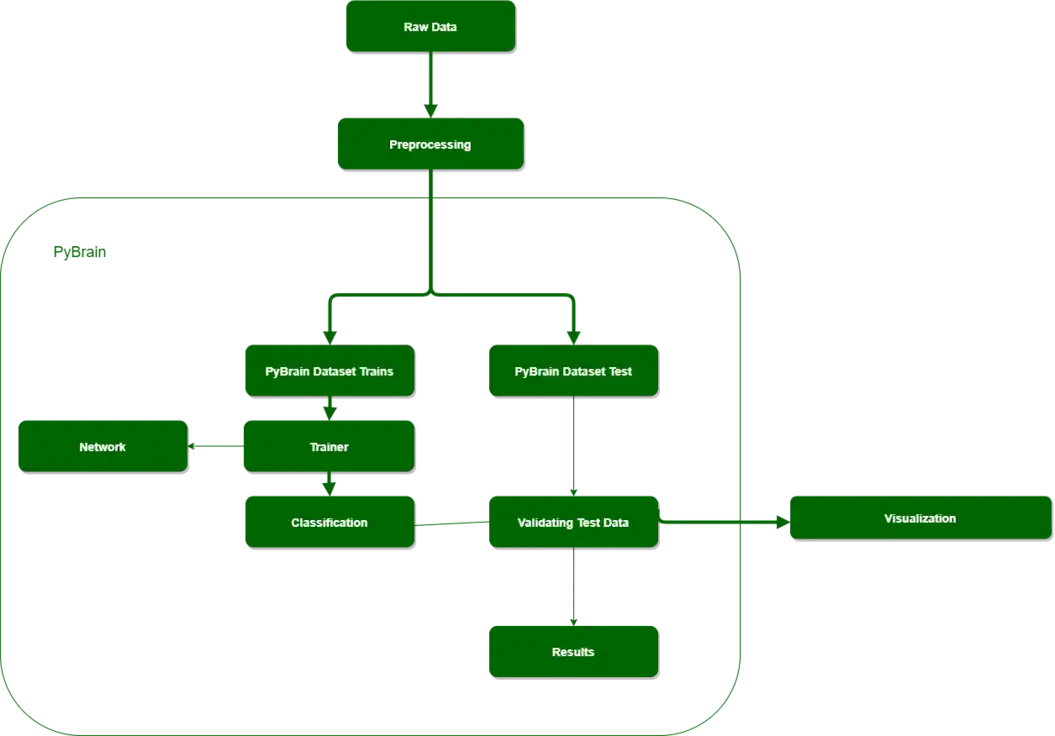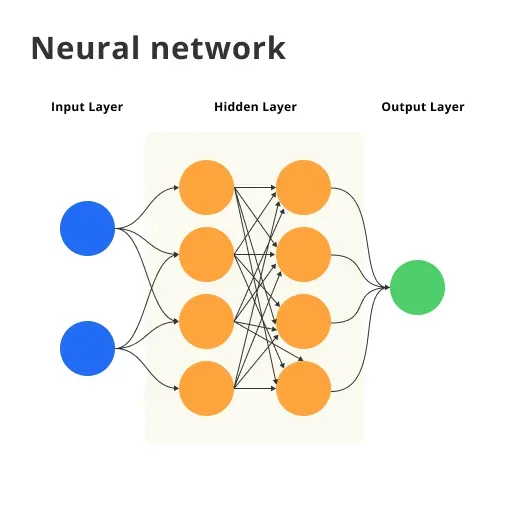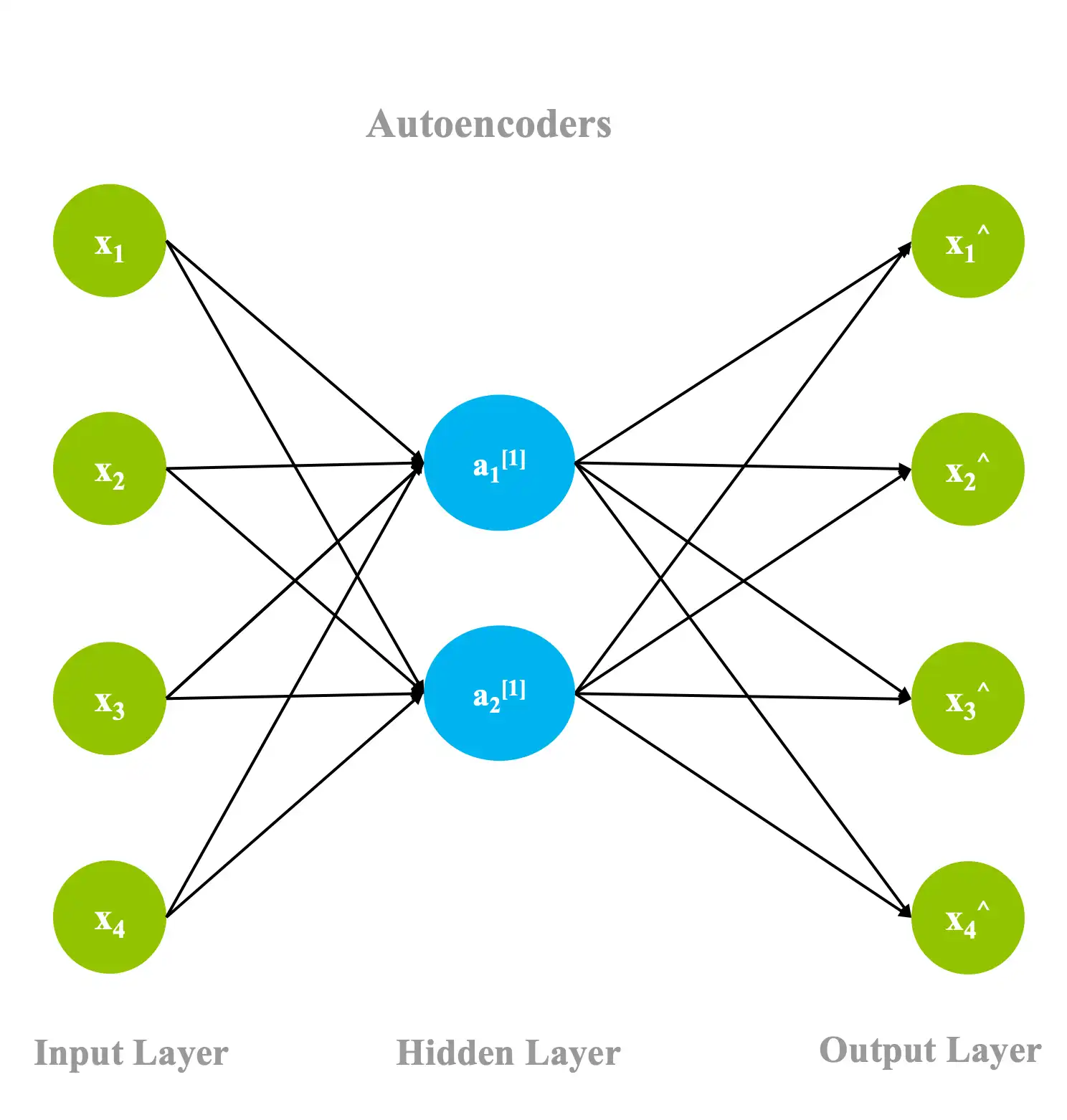Introduction
PyBrain is an open-source machine learning library for Python that focuses on modular and flexible neural network construction.
PyBrain provides a versatile and user-friendly environment for developing and implementing various types of neural networks.
This makes PyBrain a valuable tool for researchers, students, and developers working in the field of machine learning and artificial intelligence.
The growing importance of machine learning and neural networks in various industries has led to an increased demand for powerful and efficient tools like PyBrain.
According to a recent report by Markets and Markets, the global machine learning market is expected to grow from $21.17 billion in 2022 to $209.91 billion by 2029, at a Compound Annual Growth Rate (CAGR) of 38.8% during the forecast period.
PyBrain has gained popularity due to its modular design. This allows users to easily construct and modify neural networks by combining different types of layers, connections, and learning algorithms.
As the demand for machine learning solutions continues to grow across various domains, PyBrain's versatility and flexibility position as a valuable tool is increasing.
Continue reading to know more about it.
What is PyBrain?

Python-Based Reinforcement Learning, Artificial Intelligence, and Neural Networks Library.
PyBrain is an open-source library specifically designed to facilitate the development of machine learning models using Python.
With PyBrain, you can explore various aspects of machine learning, including reinforcement learning, artificial intelligence, and neural networks.
Its flexibility and extensive functionality make it a popular choice for both beginners and experts in the field.
Core Functionalities of PyBrain
PyBrain provides several core functionalities that are crucial for machine learning tasks:
- Neural networks: PyBrain allows you to create and train various types of neural networks, such as feedforward, recurrent, and deep neural networks.
These networks can be customized and optimized based on your specific requirements.
- Datasets: PyBrain comes with built-in tools for handling and preprocessing datasets. You can easily load and prepare your data for training and testing your machine learning models.
- Trainers: PyBrain offers a variety of training algorithms for neural networks, reinforcement learning models, and other machine learning tasks.
These trainers ensure that your models are trained effectively and can make accurate predictions.
- Visualization tools: PyBrain includes visualization tools that help you understand and interpret the performance of your models.
You can plot various metrics and visualize the neural network's structure to gain insights into its behavior.
Key Advantages of PyBrain
PyBrain offers several advantages that make it a popular choice among machine learning enthusiasts:
- Open-source: Being an open-source library, PyBrain allows developers to access its source code, modify it, and contribute to its development.
This collaborative approach fosters innovation and allows for continuous improvement.
- Easy-to-use: PyBrain is designed with simplicity in mind. Its intuitive API and extensive documentation make it easy for developers, even those with limited experience, to get started with machine learning projects.
- Modular: PyBrain's modular structure allows you to use specific components based on your project requirements.
You can mix and match different functionalities, algorithms, and models to create custom solutions that fit your needs.
- Supports diverse algorithms: PyBrain supports a wide range of machine learning algorithms, including supervised and unsupervised learning, reinforcement learning, and evolutionary optimization.
This versatility enables you to tackle various problem domains effectively.
PyBrain's Architecture

PyBrain's architecture is designed around modules that encapsulate different functionalities.
These modules provide the building blocks for creating and training machine learning models. The core modules in PyBrain include:
- Networks: These modules define the structure of neural networks. You can create feedforward, recurrent, and even convolutional neural networks using PyBrain.
These networks serve as the foundation for modeling complex relationships in your data.
- Learning Algorithms: PyBrain offers a variety of learning algorithms that drive the training process for neural networks.
Whether you prefer backpropagation, genetic algorithms, or reinforcement learning techniques, PyBrain has got you covered. These algorithms play a crucial role in optimizing the network's weights and improving its performance.
- Datasets: PyBrain provides convenient modules for handling datasets. You can easily load and manipulate data in various formats, such as CSV or NumPy arrays.
These datasets serve as the training and testing data for your machine learning models.
Unveiling Components of PyBrain
To understand PyBrain's neural network implementations, it's essential to grasp the key components:
- Layers: A layer is a collection of interconnected neurons or nodes. In PyBrain, you can create multiple layers within a neural network, each responsible for handling specific aspects of the data transformation.
These layers enable the network to extract and learn meaningful features from the input data.
- Connections: Connections represent the connections between neurons in different layers. Each connection has associated weights that determine the strength and influence of the signal between neurons.
PyBrain allows you to customize the connections and weights according to the specific requirements of your problem.
- Activation Functions: Activation functions introduce non-linearity into the neural network. They determine the output of a neuron based on the weighted sum of its inputs.
PyBrain supports a variety of popular activation functions, such as sigmoid, tanh, and ReLU. These functions play a vital role in introducing complexity and capturing non-linear relationships in your data.
Now, if you want to begin with machine learning development to enhance your customer service but have no clue about how to do it, then check out the NO-CODE chatbot platform, named BotPenguin.
With all the heavy work of chatbot development already done for you, BotPenguin allows users to integrate some of the prominent language models like GPT 4, Google PaLM, and Anthropic Claude to create chatbots that are powered by machine learning for platforms like:
- WhatsApp Chatbot
- Facebook Chatbot
- Wordpress Chatbot
- Telegram Chatbot
- Website Chatbot
- Squarespace Chatbot
- Woocommerce Chatbot
- Instagram Chatbot
Exploring Trainers of PyBrain
Trainers are responsible for updating the weights and biases of neural networks during the training process. PyBrain offers a range of trainers that utilize different optimization techniques:
- Backpropagation: Backpropagation is a popular technique for training neural networks. It involves calculating the gradients of the network's weights and adjusting them accordingly.
PyBrain provides efficient backpropagation trainers that automate this process for you.
- Genetic Algorithms: Genetic algorithms are inspired by the principles of evolution. They involve a survival-of-the-fittest approach, where new generations of neural networks are created and refined based on their performance.
With PyBrain, you can leverage genetic algorithms to optimize your neural network architectures.
- Reinforcement Learning: Reinforcement learning techniques enable your network to learn from interactions with its environment.
PyBrain's reinforcement learning trainers use reward-based feedback to train the network, making it suitable for tasks such as game playing or robot control.
Unleashing the Power of PyBrain to Use in Machine Learning
In this section, you’ll find the uses of PyBrain in machine learning to create and train various types of neural networks.
Building and Training Neural Networks

Whether you need a feedforward network for classification tasks, a recurrent network for time series analysis, or a convolutional network for image recognition, PyBrain has the implementations you need.
You can also customize network architectures and experiment with different training algorithms. Thus tailoring them to your specific project requirements.
Working with Datasets and Preprocessing
Data preprocessing is a vital step in machine learning projects, and PyBrain simplifies this process.
You can easily load and manipulate datasets of various formats, such as CSV or NumPy arrays.
PyBrain also supports feature engineering techniques, allowing you to transform and extract meaningful features from your data. With these capabilities, you can prepare your data for training and achieve better model performance.
Visualizing Network Performance
Understanding and analyzing the performance of your neural networks is essential.
PyBrain provides visualization tools that help you monitor the training progress, visualize activation maps to understand network behavior, and perform error analysis.
These visualizations enable you to debug and optimize your network's performance, ensuring that it learns effectively and makes accurate predictions.
Suggested Reading:
Pros and Cons of Using PyBrain for Your AI Projects
Practical Applications of PyBrain
PyBrain, being a powerful and flexible open-source machine learning library, has found practical applications across various domains.
Here are some examples of how PyBrain is being used in real-world scenarios:
- Natural Language Processing (NLP): PyBrain's neural network capabilities are well-suited for tasks such as text classification, sentiment analysis, and language translation.
Researchers and developers can leverage PyBrain to build and train recurrent neural networks (RNNs) and other architectures for processing and understanding natural language data.
- Computer Vision: PyBrain's convolutional neural networks (CNNs) are particularly useful for image recognition, object detection, and image classification tasks.
By training PyBrain models on large datasets of images, developers can create intelligent systems capable of accurately identifying and categorizing visual content.
- Robotics and Control Systems: Neural networks trained using PyBrain can be employed in robotics and control systems for tasks such as trajectory planning, obstacle avoidance, and motion control.
The library's flexibility allows researchers to experiment with different neural network architectures and reinforcement learning algorithms to optimize robotic behavior and decision-making processes.
- Predictive Modeling and Time Series Analysis: PyBrain's ability to handle sequential data makes it applicable for predictive modeling and time series analysis tasks.
Financial institutions, for instance, can use PyBrain to develop models for forecasting stock prices, market trends, or customer behavior based on historical data.
- Recommendation Systems: PyBrain's neural networks can be trained on user data and preferences to build personalized recommendation systems for various applications, such as e-commerce platforms, streaming services, and content curation systems.
Advanced PyBrain Techniques
PyBrain allows you to take your neural networks to the next level by implementing deep learning architectures.
Implementing Deep Learning Architectures

This involves stacking multiple layers of neurons to create deep neural networks.
You can also explore advanced techniques like autoencoders and deep reinforcement learning to tackle complex tasks.
These techniques enable the network to learn intricate representations and handle more challenging problems.
Integrating with Other Python Libraries
PyBrain seamlessly integrates with other popular Python libraries, such as NumPy and Scikit-learn.
This means you can leverage these libraries for data manipulation, analysis, and visualization alongside PyBrain's capabilities.
You can use NumPy for efficient numerical operations and Scikit-learn for additional machine learning algorithms and evaluation metrics. PyBrain offers a rich ecosystem for tackling data-driven challenges.
Customizing and Extending PyBrain
PyBrain's flexibility allows you to customize and extend its functionalities to suit your specific needs.
You can create new modules, algorithms, and visualizations tailored to your project requirements.
This opens up possibilities for experimentation, innovation, and pushing the boundaries of what is possible with machine learning. With PyBrain, you can adapt the framework to your unique problems and unleash your creativity.
Conclusion
In conclusion, PyBrain has solidified its position as a powerful and versatile open-source machine learning library for Python.
Particularly in the realm of neural network construction and experimentation. Its modular design, extensive range of pre-built architectures, and support for various training algorithms have made it a valuable tool for researchers, students, and developers alike.
According to a survey conducted by Kaggle in 2022, PyBrain was among the top 10 most popular machine learning libraries used by data scientists and machine learning practitioners.
Additionally, a recent study by Bain & Company found that the adoption of machine learning technologies has increased by 25% across industries in the past two years. Thus highlighting the growing demand for robust and flexible tools like PyBrain.
As the field of machine learning continues to evolve and find applications in diverse domains, PyBrain's open-source nature and active community support ensure that it remains relevant and up-to-date with the latest advancements.
The practical applications demonstrated above showcases the versatility of PyBrain and its potential to drive innovation across industries.
With its user-friendly interface, modular design, and active community support, PyBrain continues to be a valuable tool for researchers, developers, and organizations seeking to leverage the power of machine learning and neural networks.
Frequently Asked Questions (FAQs)
What is PyBrain and what is its role in machine learning?
PyBrain is an open-source library for machine learning in Python. It provides tools for building, training, and evaluating neural networks and other machine learning models.
How is PyBrain used in machine learning projects?
PyBrain is used to preprocess data, design and train neural networks, perform feature selection, analyze model performance, and make predictions or classifications in various machine learning projects.
Can PyBrain be used for both supervised and unsupervised learning?
Yes, PyBrain supports both supervised learning, where input-output pairs are provided, and unsupervised learning, where the model learns patterns and structures from data without explicit target outputs.
Is PyBrain suitable for deep learning applications?
PyBrain is primarily focused on traditional neural networks and may not have all the advanced capabilities required for deep learning. However, it can be used as a foundation for designing and training basic deep learning models.
How does PyBrain contribute to the field of artificial intelligence?
PyBrain enhances the field of artificial intelligence by providing accessible tools for developing and implementing machine learning algorithms. It enables researchers and developers to experiment and innovate in the AI domain.


